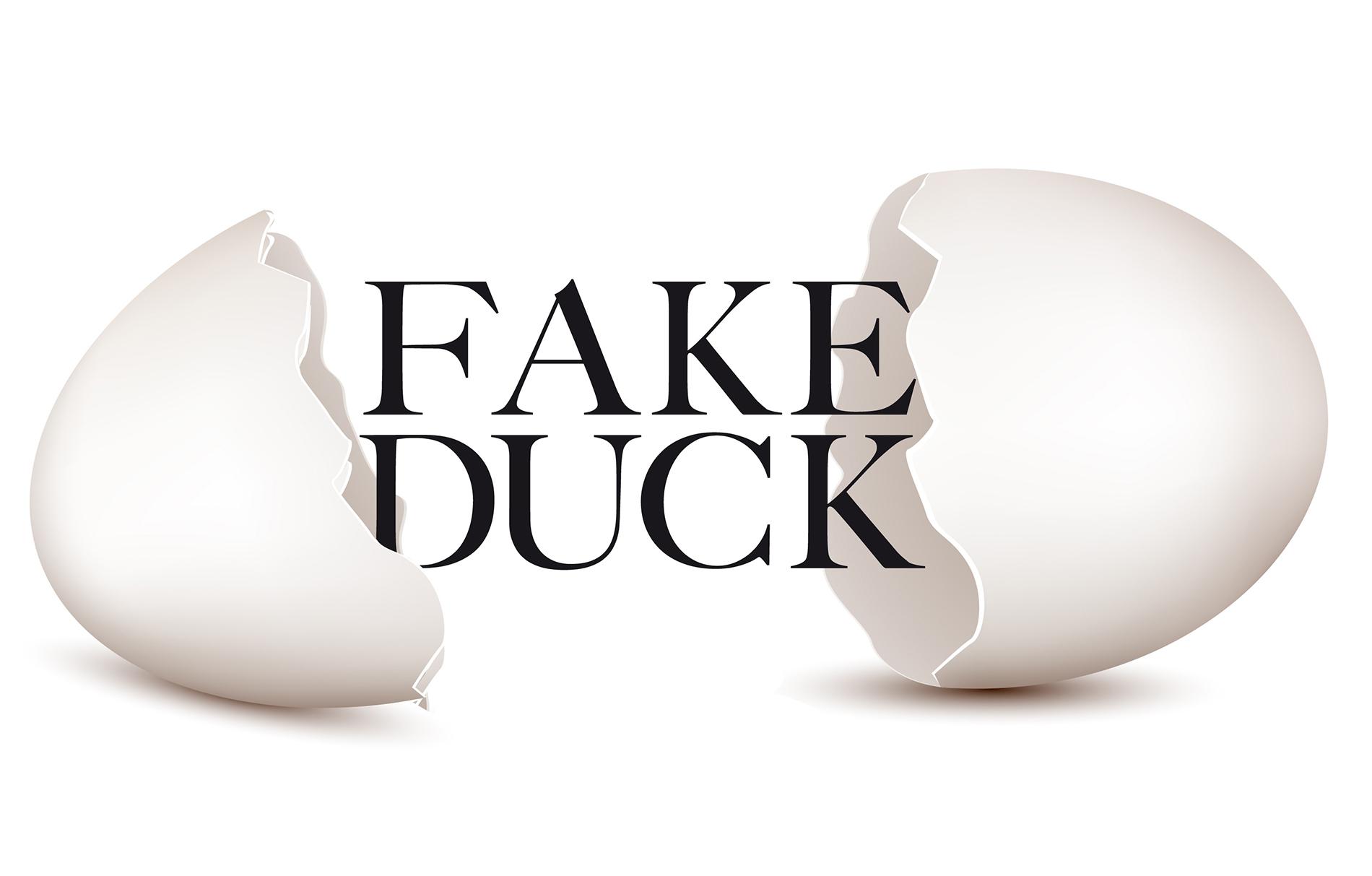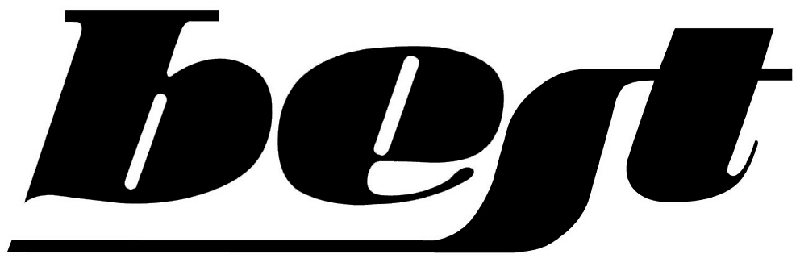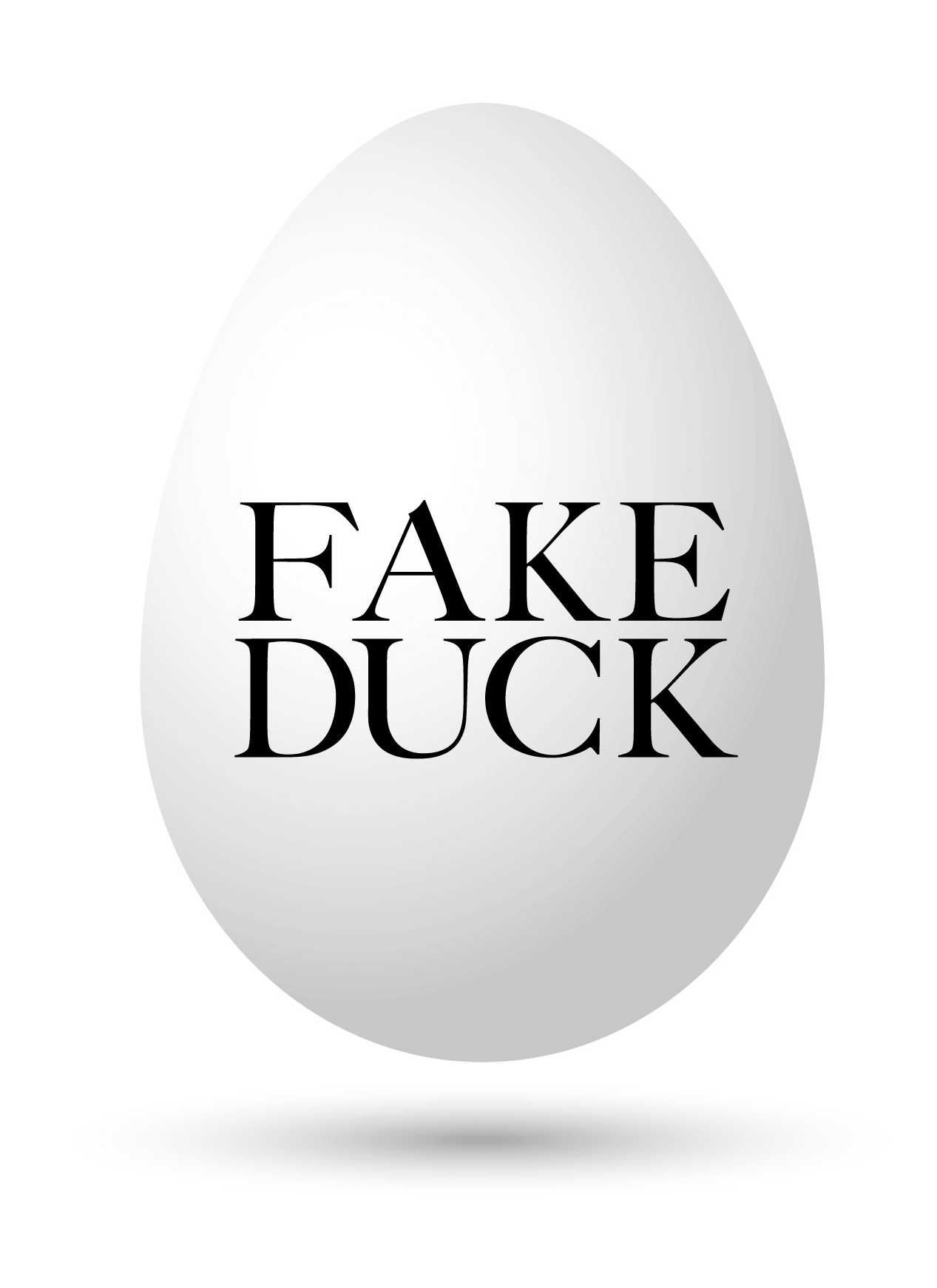It is generally not possible to get exclusive rights to a descriptive name. If the trademark is descriptive, it is not distinctive and cannot be registered (unless it has acquired distinctiveness through use).
What are descriptive names?
Descriptive names are names that somehow describe the products or services in question, especially:
- kind (type of goods or services or their parts, for example, “EcoDoor” for doors)
- quality (for example, “Deluxe”, “Platinum” for any product or service)
- quantity (for example, “Six Pack” for beer)
- intended purpose (for example, “Therapy” for massage tools)
- value (for example, “Bang for the buck” for any product or service)
- geographical origin (for example, “Milan” for fashion products)
- the time of production of the goods or of the rendering of the service (for example, “2014” for wines or “24/7” for services)
- other characteristics of the goods or service (for example, “Children” for pasta)
Trademark law does not grant exclusive rights to these kinds of names, because it is necessary that others can describe their products or services. For example, every car manufacturer should be allowed to say that their cars are fast or reliable. Accordingly, nobody can have exclusive rights for a car brand “FAST” or “RELIABLE”.
Despite the fact that nobody can “own” a descriptive name and exclude others from using it in describing their products or services, it is still common for companies to brand their products and services with descriptive names. In fact, some marketing professionals even encourage this.
How to protect your descriptive brand name?
If you have a descriptive brand name, it is possible to protect a particular visual expression of it provided that the visuality is sufficiently unique to make the overall impression of the mark distinctive. So what does this mean in practice?
As a starting point, you should understand that a particular font does not usually make the mark sufficiently distinctive. Even a unique font is rarely enough to make the mark distinctive.
The below trademark “SUPERLEGGERA” was refused despite the font being clearly very eye-catching. The font was not, however, enough to make the otherwise descriptive name distinctive.
Below are three examples of trademarks where the font was unique enough to make the otherwise descriptive name sufficiently distinctive:

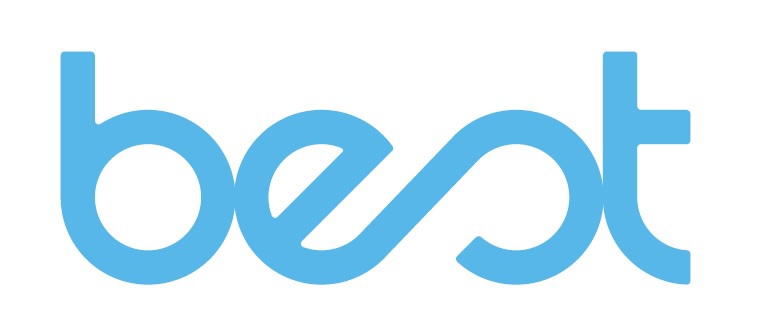
The word “best” clearly describes the quality of the products, but the visual expression of the word is highly unique and protectable. The highly unique positioning of descriptive words can also make the overall impression sufficiently distinctive, like in the example below:
What’s the test – when is the mark distinctive?
Trademarks containing only descriptive words or phrases can be registered if the graphical element is so striking that it diverts or distracts the attention of the consumer from the descriptive meaning of the words. The graphical element should be able to leave a lasting impression. Here’s an example of a trademark that was recently found non-distinctive:
Below are two other examples. The one with a broken shell was found to be sufficiently distinctive, whereas the other with a complete shell was not:
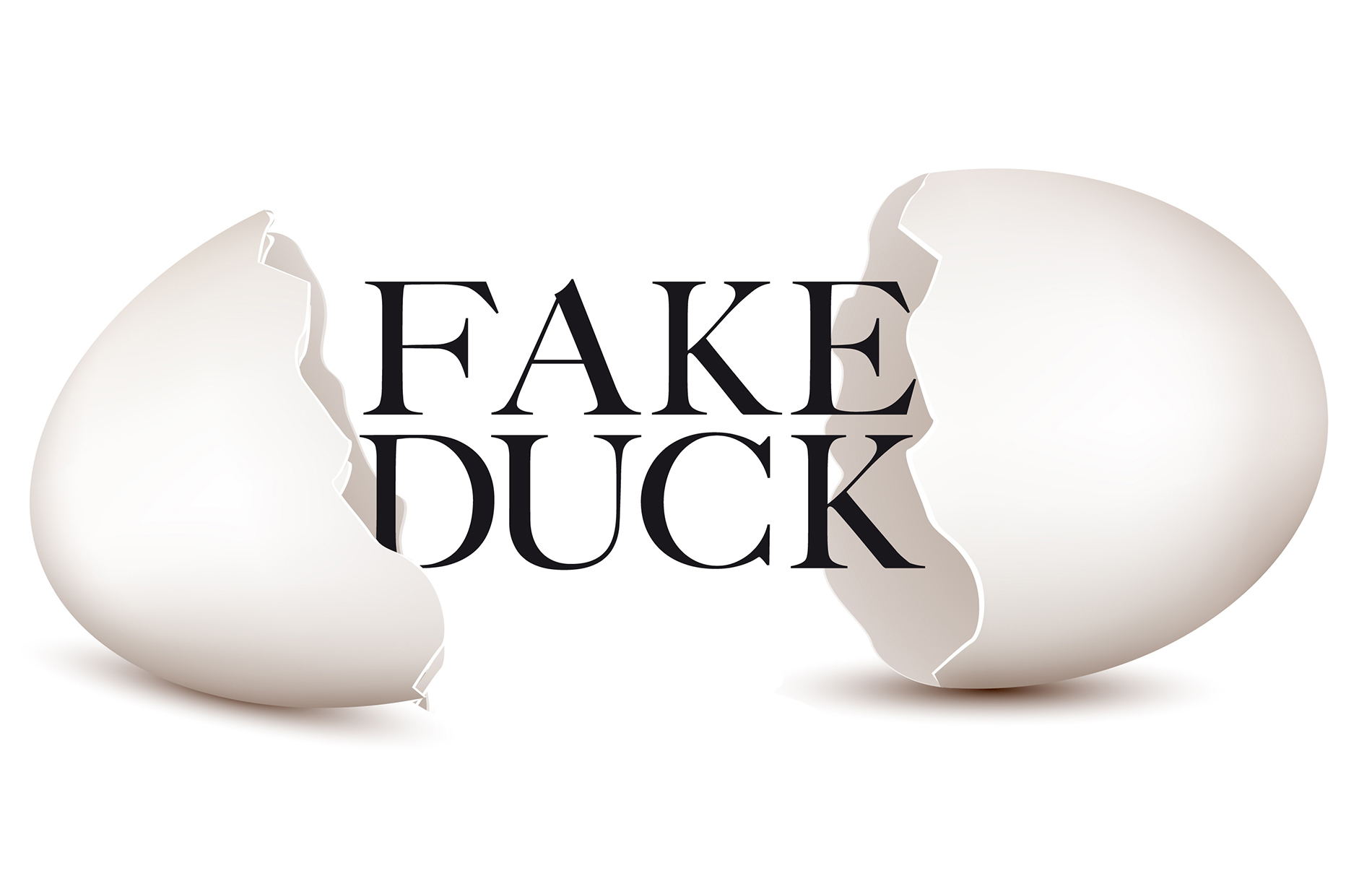
It is easy to see how the first one with the broken shell is clearly more unique and distinctive.
Practical tips – what to do and what to avoid
Here are some practical tips you can take into account to enhance the distinctiveness of your logo.
- Types of graphical elements. Use graphical elements that are not common for the industry. For example, the owl in the Tripadvisor logo is a good example. If the graphical element relates to the goods and services in question, they need to be highly unique, or otherwise they will merely reinforce the descriptiveness of the words. Simple geometric shapes (circles, triangles, etc.) are not very distinctive.
- Size of the graphical element. The larger the graphical element is, the more it distracts or diverts the attention from the descriptive words.
- Colours. Try using colours that are not typical for your industry. For example, the colour green refers to recycling or environmentally friendly products, but pink does not. Pink would be a more distinctive colour for a recycling company than green. Similarly, white (mozzarella), red (tomato) and green (basil) are associated with pizza, but orange is not. Surprising and unexpected colours and colour combinations enhance the distinctiveness of the mark.
If your brand name is descriptive, you should forget having a sleek and minimalist logo. If you do, you will likely have nothing to protect as trademarks, leaving your brand exposed and vulnerable.
Conclusion
It is not advisable to have a descriptive brand name. However, many companies do. If you’re one of them, you should create a logo that is so striking and unique that it distracts the consumer from the descriptive nature of your brand name and can be protected as a trademark. It is often difficult to assess with certainty when a figurative trademark is sufficiently distinctive. The EUIPO is also often inconsistent in its assessment. For example, the above figurative trademark FAKE DUCK was held descriptive despite the fact that the owner has also registered word trademark FAKEDUCK.
